King (or Queen) of drought tolerant shade trees
whaas_5a
10 years ago
Related Stories

GARDENING GUIDES10 Drought-Tolerant Shrubs That Thrive in Full Sun and Reflected Heat
Got a hot spot in your garden where plants often die? Try these tough shrubs that add beauty while shrugging off the heat
Full Story
LANDSCAPE DESIGNFlood-Tolerant Native Trees for Soggy Soil
Swampy sites, floodplains, even standing water ... if you've got a soggy landscape, these trees are for you
Full Story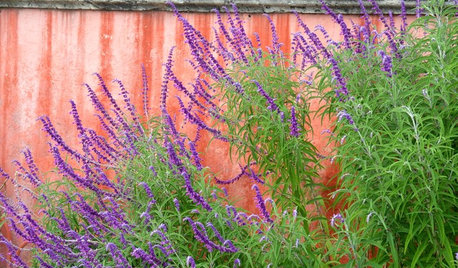
GARDENING GUIDES10 Plants for Colorful Fall Blooms in the Drought-Tolerant Garden
Want fall color but not a big water bill? Consider these not-too-thirsty fall bloomers
Full Story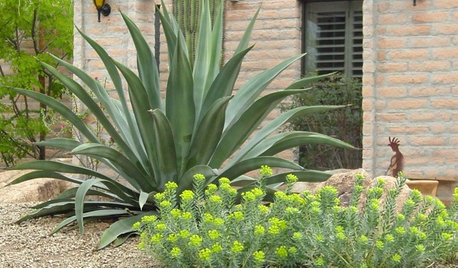
GARDENING GUIDESHow to Spot a Drought-Tolerant Plant
Label? Who needs a label? Learn the characteristics of plants that can thrive in hot, dry conditions to help you pick the right ones
Full Story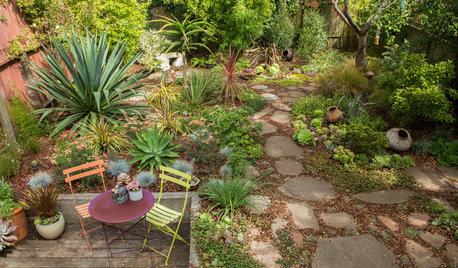
INSPIRING GARDENSSucculents Beautify a San Francisco Shade Garden
A garden designed to be viewed from above gets new drought-tolerant, wildlife-friendly plantings
Full Story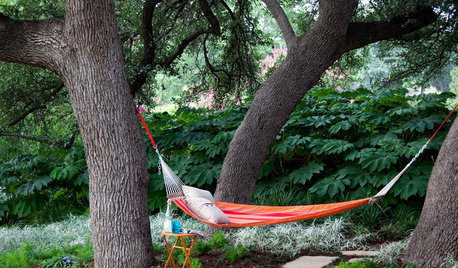
GARDENING GUIDES8 Essential Native Shade Trees for the U.S. Southeast
These beauties provide cool shade in the summer and easily withstand the heat and humidity of the South
Full Story
LANDSCAPE DESIGN7 Great Trees for Summer Shade and Fall Color
These landscape-pro faves straddle the seasons beautifully. Could one enhance your own yard?
Full Story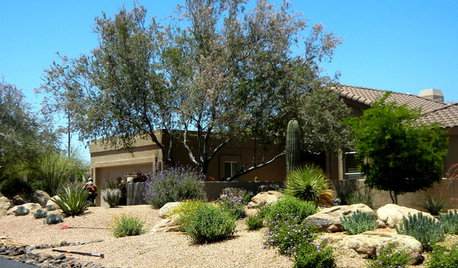
GARDENING GUIDESGreat Design Plant: Olneya Tesota Offers Desert Shade
This long-lived Southwestern native tree decorates the sky with its dusty gray-green foliage and lavender-colored blossoms
Full Story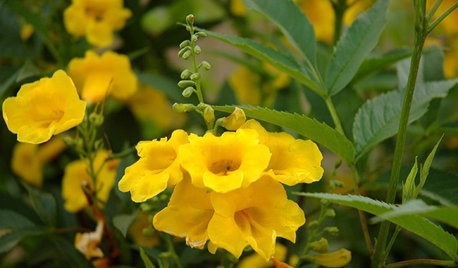
GARDENING GUIDESGreat Design Plant: Yellow Bells, a Screening Queen
With its large size and copious golden flowers, this shrub can cover walls or screen unsightly views with ease
Full Story
LANDSCAPE DESIGNGreat Design Plant: Retreat to the Shade of Hardy Catalpa
Big foliage and a towering height provide a shady respite in summer, but that's not all hardy catalpa offers dedicated gardeners
Full StoryMore Discussions








Toronado3800 Zone 6 St Louis
scotjute Z8
Related Professionals
Pottstown Landscape Contractors · Stamford Landscape Contractors · Tempe Landscape Contractors · Dedham Landscape Contractors · Deerfield Landscape Contractors · Riverhead Landscape Contractors · Salmon Creek Landscape Contractors · Suitland Landscape Contractors · Wilton Landscape Contractors · Framingham Siding & Exteriors · Fort Collins Decks, Patios & Outdoor Enclosures · Fredericksburg Decks, Patios & Outdoor Enclosures · Fresno Decks, Patios & Outdoor Enclosures · Hull Decks, Patios & Outdoor Enclosures · Rancho Palos Verdes Decks, Patios & Outdoor Enclosuresbengz6westmd
whaas_5aOriginal Author
lucky_p
j0nd03
lou_spicewood_tx
poaky1
salicaceae
poaky1
poaky1
bengz6westmd
whaas_5aOriginal Author